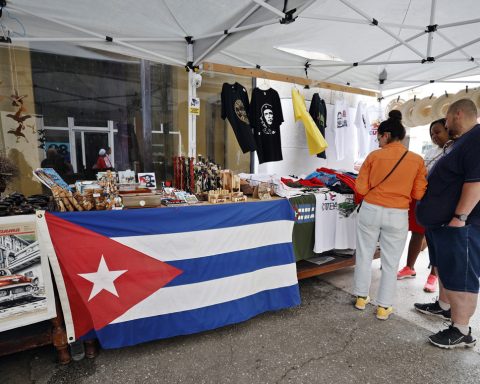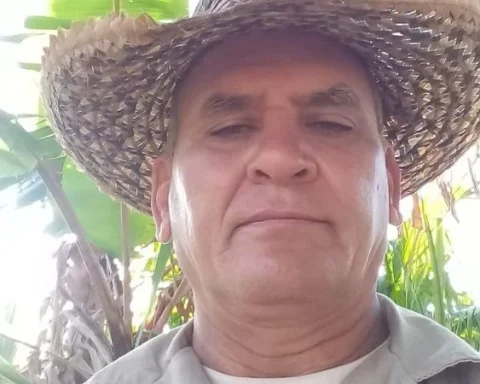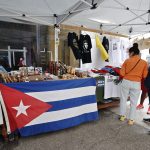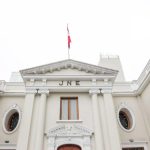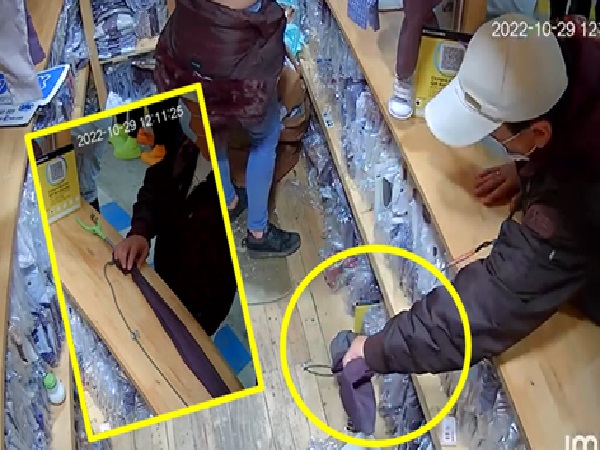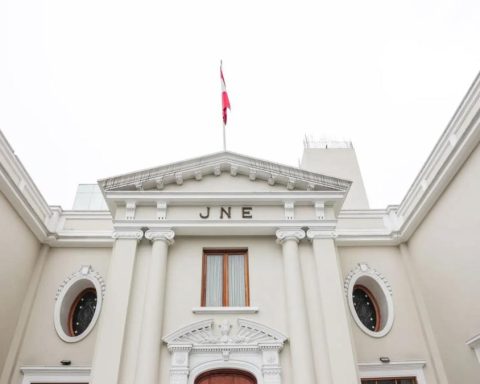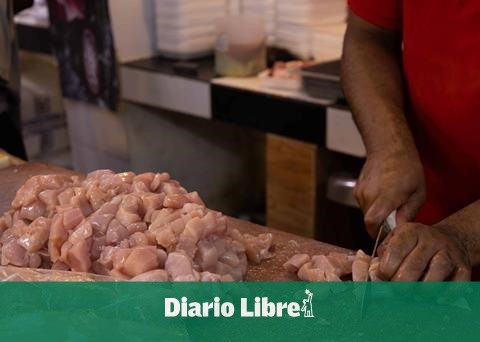MIAMI, United States. – With the declaration of the knowledge of Cuban rum masters as Intangible Heritage of Humanity by the United Nations Educational, Scientific and Cultural Organization (UNESCO), Cuba adds five cultural assets to the prestigious list.
In the case of the Island, and until 2022, UNESCO has included among the intangible assets that must be protected the Tumba Francesa (2008), the Rumba Cubana (2016), the Punto Cubano (2017), Las Parrandas (2018) and recently, at the end of November, the Tradition of Cuban rum masters.
CubaNet reviews the uniqueness of each of these Cuban heritages.
The French Tomb:
It was the first of the Cuban cultural traditions inscribed on the UNESCO list.
The French Tumba (literally, French drum) arrived in Cuba with Haitian slaves, who were transferred to the eastern part of the country after the revolts that shook Haiti in 1790.
This dance embodies one of the oldest and most visible links with the Afro-Haitian heritage of the Cuban province of Oriente. It is the result of the fusion, in the 18th century, of the music of Dahomey (West Africa) and traditional French dances.
The popularity of the French Tomb reached its height at the end of the 19th century. Today, only two of the many French Tumba styles are regularly performed: the Mason, a humorous parody of French ballroom dancing; and the yubá, an improvised dance based on frenetic drum rhythms.
The Cuban Rumba:
In 2016, UNESCO considered that the Cuban rumba was “an expression of self-esteem and resistance” that contributed to the formation of national identity.
Likewise, he described the rumba as a symbol of the entire society of the Island. “The Cuban rumba is an expression of the oral and intangible heritage where tradition and contemporaneity coincide harmoniously,” he valued.
The rumba, which emerged in the poor urban slums of Cuba, is linked to African culture, but also has some characteristic elements of Antillean culture and Spanish flamenco.
“Because of its integrating nature and cultural diversity, it becomes an expression of wide social scope”, UNESCO has highlighted.
The Cuban Point:
The point, a poetic and musical expression of the Cuban peasants, entered the list of Intangible Heritage of Humanity in 2017.
The Cuban point consists of “a tune or melody accompanied by the voice of a person who sings poetic compositions in tenths, improvised or learned,” the organization said.
It is an “essential element of the Cuban intangible cultural heritage, open to all, which encourages dialogue and expresses the feelings, knowledge and values of the communities that practice it,” he added.
The techniques and knowledge related to the guajiro point are transmitted essentially through imitation, and also through a teaching program taught in the Houses of Culture throughout the country, which includes the organization of workshops led by the depositaries and practitioners of this musical genre.
The parties:
In 2018 it was the turn of Las Parrandas, an annual festivity currently celebrated by 18 communities in the central region of Cuba.
“The adornment of monuments and the creation of replicas, as well as floats, are an amazing demonstration of the imagination and creativity that groups of revelers have to reinterpret and recreate events and stories through images, lights and colors”, UNESCO has pointed out. .
During the Las Parrandas festival, celebrated for the first time in the year 1820 in the municipality of Remedios, two neighborhoods of the same municipality face each other in a cultural competition in which they exhibit floats, replicas of monuments, songs and choreographies; in addition to banners and emblems with the colors of each competing neighborhood.
Both competitors have “spies” who try to reveal the surprises secretly prepared by their rivals for that night, which normally takes place in the last months of the year.
“Traditional knowledge linked to this element of cultural heritage is constantly combined with modern techniques, which is why Las Parrandas are always a traditional and contemporary event at the same time,” UNESCO concluded.
The knowledge of the rum masters in Cuba:
It is a process of social practice that occurs on a daily basis in factory spaces or others where teachers interact, who assume the social function of perpetuating knowledge that is not written nor does it constitute recipes.
For more than 155 years, eight generations of teachers accumulated knowledge about the preparation of light rum in Cuba, to pass it on orally and in daily practice to their apprentices, recalls AFP.
Cuban light rum is obtained from cane honey or molasses and is aged in wooden barrels before consumption. The generation that keeps this knowledge is currently made up of three first teachers, seven teachers and four aspirants.
This select group is the repository, guardian and transmitter of the knowledge originated with the agro-industrial sugar boom in the 19th century.
https://www.youtube.com/watch?v=-y6BvqOJO8k
Receive information from CubaNet on your cell phone through WhatsApp. Send us a message with the word “CUBA” on the phone +525545038831, You can also subscribe to our electronic newsletter by giving click here.

